When you think of Hollywood, star-studded names and blockbuster films likely come to mind. But behind these glitzy productions, a unique and vital group of performers plays an essential role: day players. Whether you’re an aspiring actor considering a career in film and television or just a curious fan, understanding what a day player is can be both enlightening and enjoyable.
What is a Day Player?
A day player is an actor hired for a specific role for a single day or for a limited number of days. Unlike regular cast members who have ongoing contracts and significant roles that span an entire production, day players come in to fill minor roles or support character spots. Their appearances may last only a few moments, yet they can contribute significantly to the story’s depth and appeal.
Day players work in various formats, including:
- Television shows
- Films
- Commercials
- Theatre performances
These actors often appear in one-off roles—such as a teacher, police officer, or a friend of the main characters—helping to enrich the narrative without carrying the story.
The Role of Day Players in Productions
Why Are Day Players Important?
Day players serve several key purposes:
- Filling Out the World: Minor characters add realism to a storyline. For example, a bustling restaurant scene would feel incomplete without patrons.
- Enhancing Storylines: Even a brief interaction can advance the plot or provide essential exposition.
- Providing Flexibility: Day players allow directors and producers to manage their budgets more effectively by utilizing actors only when necessary.
Typical Responsibilities
While each project may differ, typical responsibilities for day players include:
- Arriving on set at the scheduled time
- Rehearsing their lines and scenes
- Following direction from the director and working in collaboration with other actors
- Adhering to the production schedule, which can be tight
 Actors Rehearsing on Set
Actors Rehearsing on Set
How to Become a Day Player
Steps to Transition
If you dream of becoming a day player, here’s a friendly roadmap to get you started:
- Take Acting Classes: Building a strong foundation in acting is crucial. Look for local classes or online offerings that cater to your skill level.
- Get Headshots: High-quality, professional headshots are essential for casting calls. Your headshot is often the first impression you make!
- Create a Resume: Highlight your skills, training, and any previous acting experiences, no matter how small.
- Audition: Seek out auditions specifically for day players. Websites, social media, and film schools often post opportunities.
- Network: Attend industry events, workshops, and film festivals to build connections with other actors, directors, and producers.
Tips for Success
- Stay Prepared: Always be ready for last-minute auditions. Casting calls can pop up quickly!
- Be Professional: Arrive on time, know your lines, and demonstrate a positive attitude.
- Be Adaptable: Day players often face challenges like changes in dialogue or scene setup. Stay flexible!
Day Player vs. Regular Cast Member
| Aspect | Day Player | Regular Cast Member |
|---|---|---|
| Contract Duration | Short-term (1 day to a few days) | Long-term (season, series, or film) |
| Importance in Plot | Usually a supporting role | Central to storyline |
| Compensation | Typically paid per day | Salaried or weekly pay (higher rate) |
| Type of Work | Episodic or minor film roles | Regular show cast or lead characters |
Earnings for Day Players
Regarding pay, day players typically earn between $100 and $1,000 per day, depending on the production budget, the actor’s experience, and their role’s significance.
 Film Set with Crew and Actors
Film Set with Crew and Actors
Challenges Faced by Day Players
- Job Insecurity: Day players don’t have the security of a consistent paycheck, as work can be intermittent.
- Limited Screen Time: Some day players may pour significant effort into a role that ultimately gets cut in the editing room.
- Competition: The entertainment industry is notoriously competitive, with many individuals vying for a limited number of roles.
The Rewards of Being a Day Player
While the challenges are present, the role of a day player brings many rewards:
- Experience: Every gig helps you hone your craft and gain valuable on-set experience.
- Networking Opportunities: Meeting other actors and professionals can lead to more significant roles in the future.
- Portfolio Building: Each appearance offers material to build your resume, which can lead to future roles.
Key Takeaways
- A day player is a short-term actor who works in small roles for a limited duration.
- They contribute to the overall narrative of film and television productions, enhancing character depth and storyline.
- Becoming a day player involves training, networking, and being open to audition opportunities.
- Challenges include job insecurity and competition, but the experience and networking can lead to rewarding opportunities.
FAQs About Day Players
1. What is the average pay for a day player?
The average pay ranges from $100 to $1,000 per day, depending on various factors.
2. Do day players have agents?
Many day players work with agents to find auditions, although it’s not a strict requirement.
3. Can day players become regular cast members?
Yes! Many actors start as day players and transition to more significant, regular roles.
4. How can someone find day player auditions?
Auditions can be found on various acting websites, local casting calls, and social media groups dedicated to the industry.
5. What does a typical day look like for a day player?
A day in the life of a day player often includes early call times, rehearsals, and on-set shoots, all while following the director’s vision.
6. Are day players included in the cast credits?
Yes, day players are often credited, though their roles may appear towards the end of the credits.
7. Is there a difference between a day player and an extra?
Yes, day players typically have speaking lines and significant roles, whereas extras do not have dialogue and are primarily background actors.
8. Can day players audition for multiple roles?
Absolutely! Day players can audition for as many roles as they like, though they generally get cast in only one at a time.
9. How do day players prepare for acting gigs?
Preparation can involve practicing lines, researching the role, and being ready for any unexpected changes on set.
10. What should day players do if their scene gets cut?
It’s essential for actors to remember that cuts happen! Stay positive and look ahead to new opportunities in future projects.
 Actor Reviewing Script on Set
Actor Reviewing Script on Set
In conclusion, day players are an integral part of the narrative tapestry of film and television, filling roles that bring stories to life. Whether you aspire to become a day player or want to understand more about the behind-the-scenes work in Hollywood, this guide has hopefully illuminated the path and significance of these talented individuals. If you’re entering the industry, remember to embrace creativity and resilience—it can lead you far!
For more insights into the industry, be sure to check out our additional resources on acting tips and audition techniques!
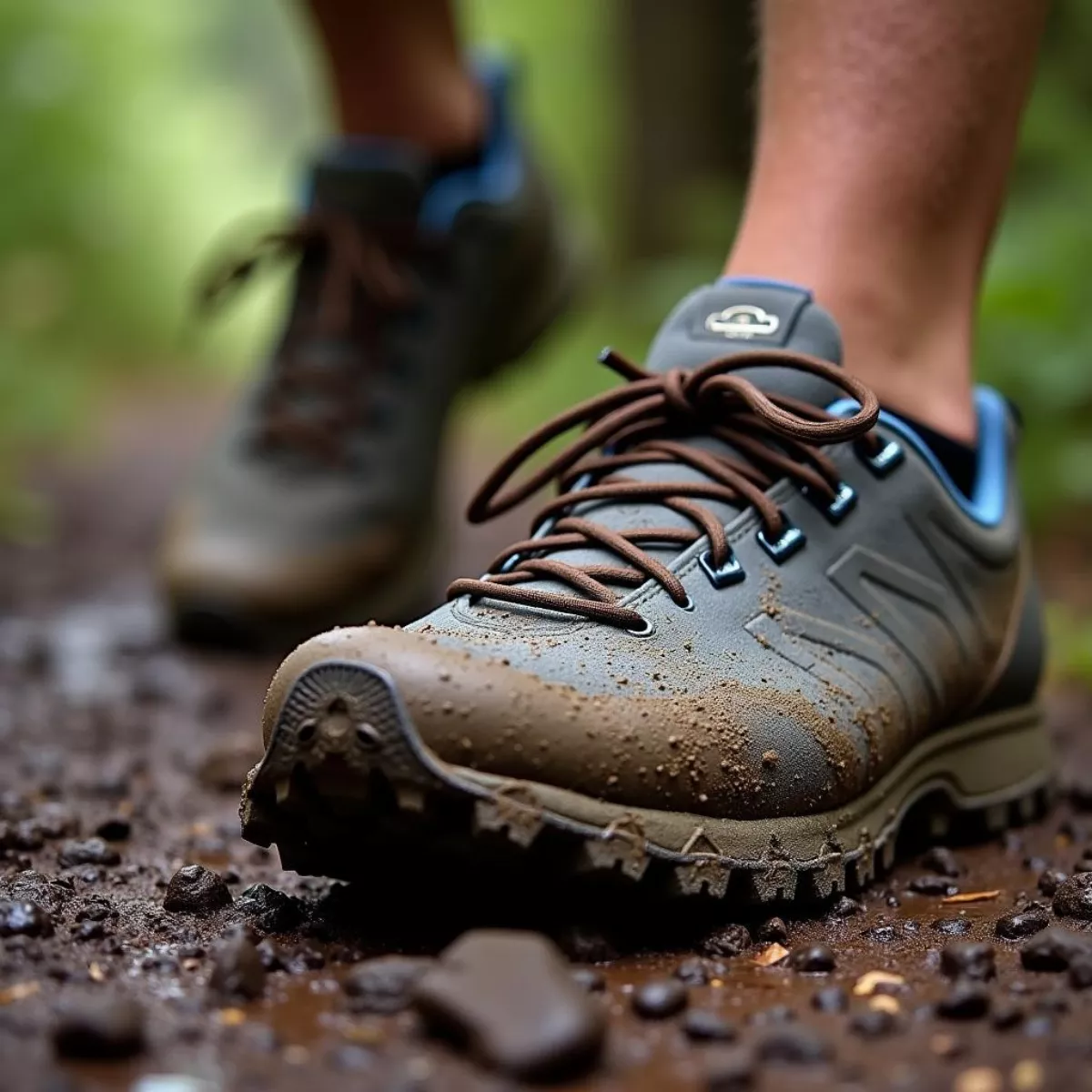
 Mud Runner Attire
Mud Runner Attire Post Mud Run Cleaning
Post Mud Run Cleaning Themed Mud Run Costumes
Themed Mud Run Costumes
 Stewart's Shop Interior Aisles
Stewart's Shop Interior Aisles Stewart's Shop Ice Cream Selection
Stewart's Shop Ice Cream Selection
 Springdale Country Club amenities
Springdale Country Club amenities Springdale Country Club social event
Springdale Country Club social event
 Rickie Fowler with his TaylorMade Stealth 2 Driver
Rickie Fowler with his TaylorMade Stealth 2 Driver Rickie Fowler taking an iron shot
Rickie Fowler taking an iron shot Rickie Fowler's Golf Bag
Rickie Fowler's Golf Bag Rickie Fowler celebrates a putt
Rickie Fowler celebrates a putt
 Peaceful Picnic in Central Park Sand Bunker
Peaceful Picnic in Central Park Sand Bunker
 Golf bag with irons and wedges
Golf bag with irons and wedges Golfer getting fitted for clubs
Golfer getting fitted for clubs
 Group of golfers laughing together
Group of golfers laughing together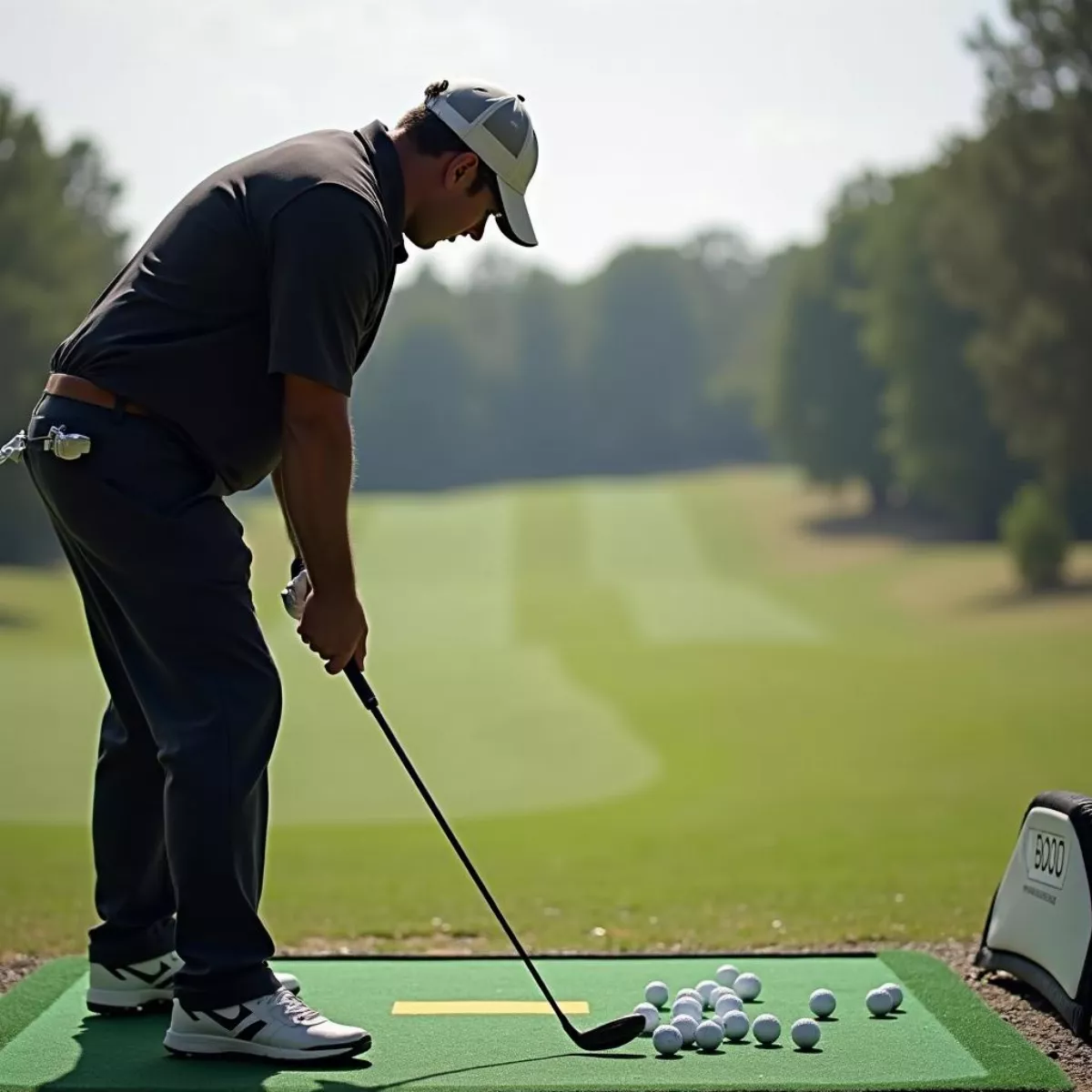 Golfer practicing swing on driving range
Golfer practicing swing on driving range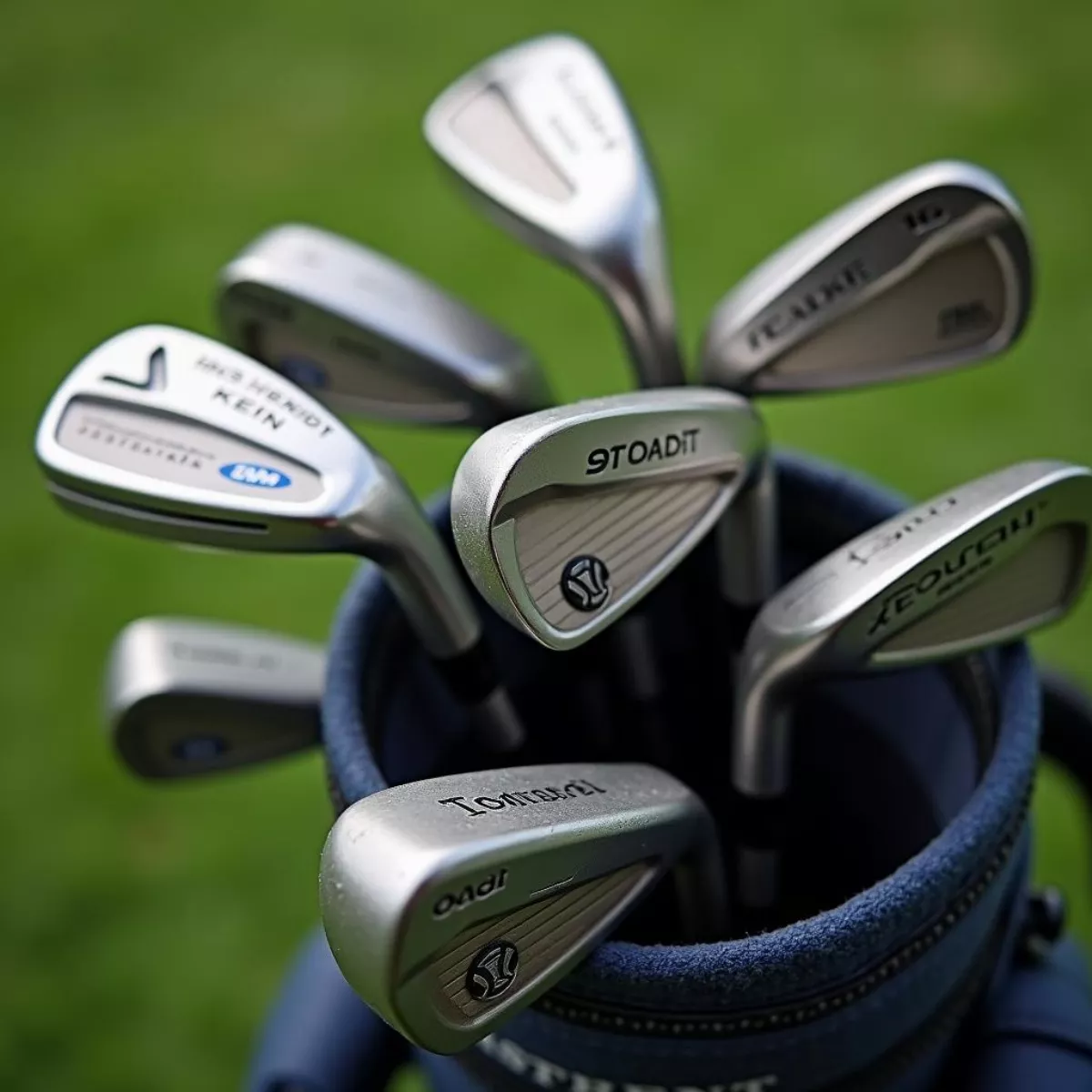 Close up of golf clubs in bag
Close up of golf clubs in bag
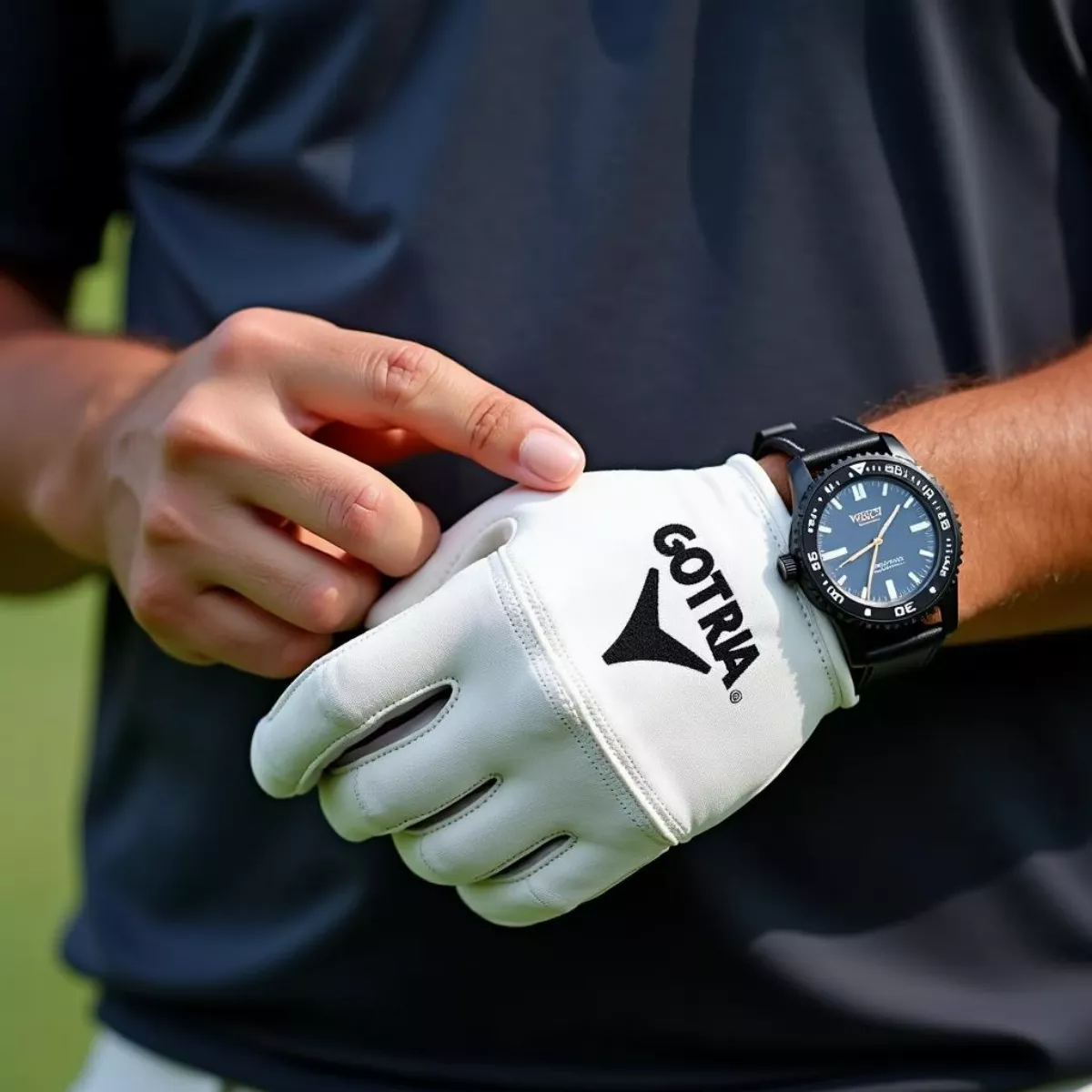 Jon Rahm adjusting his golf glove
Jon Rahm adjusting his golf glove Jon Rahm mid-swing on the golf course
Jon Rahm mid-swing on the golf course
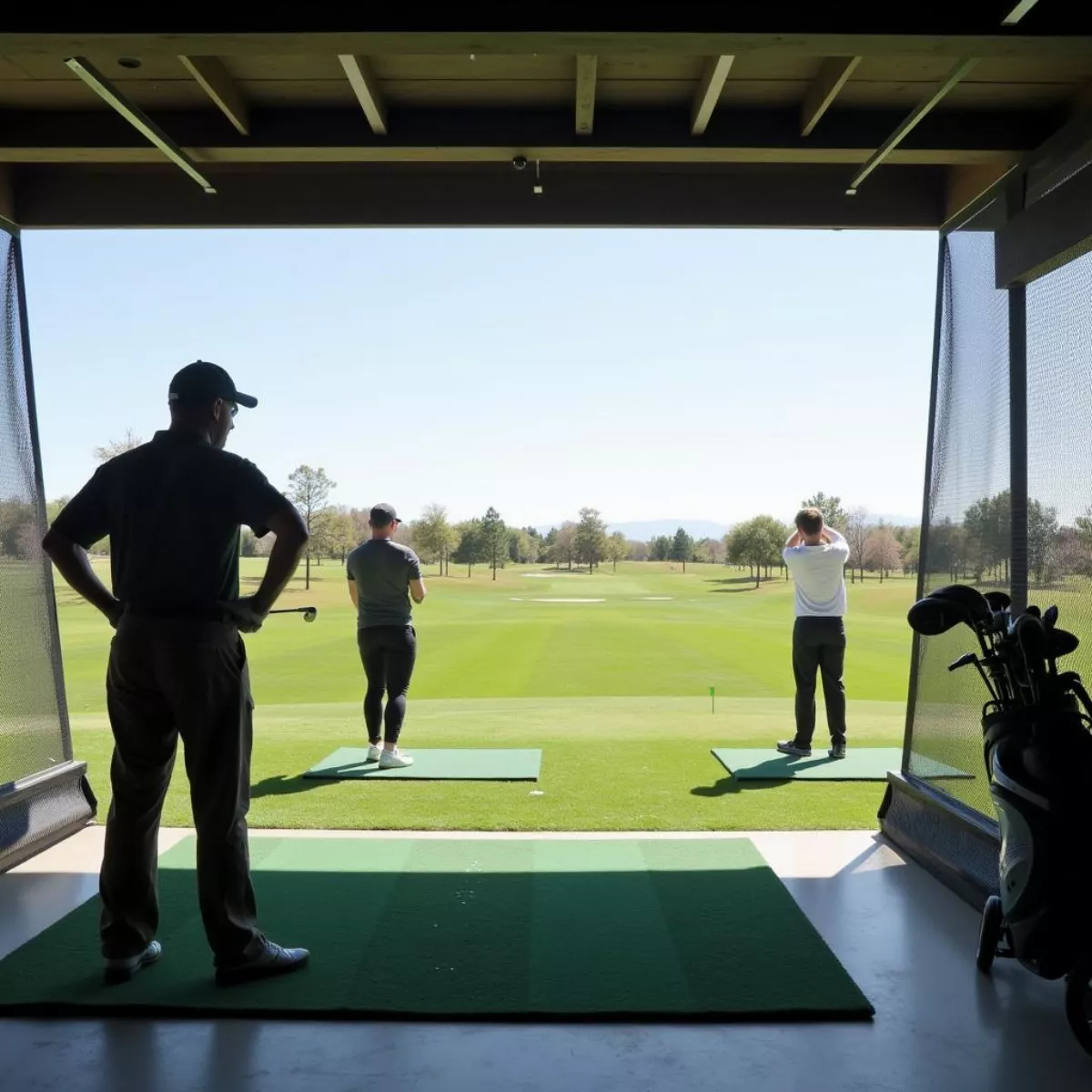 Sage Meadows Golf Course Practice Facility
Sage Meadows Golf Course Practice Facility Jonesboro Arkansas Downtown Street View
Jonesboro Arkansas Downtown Street View